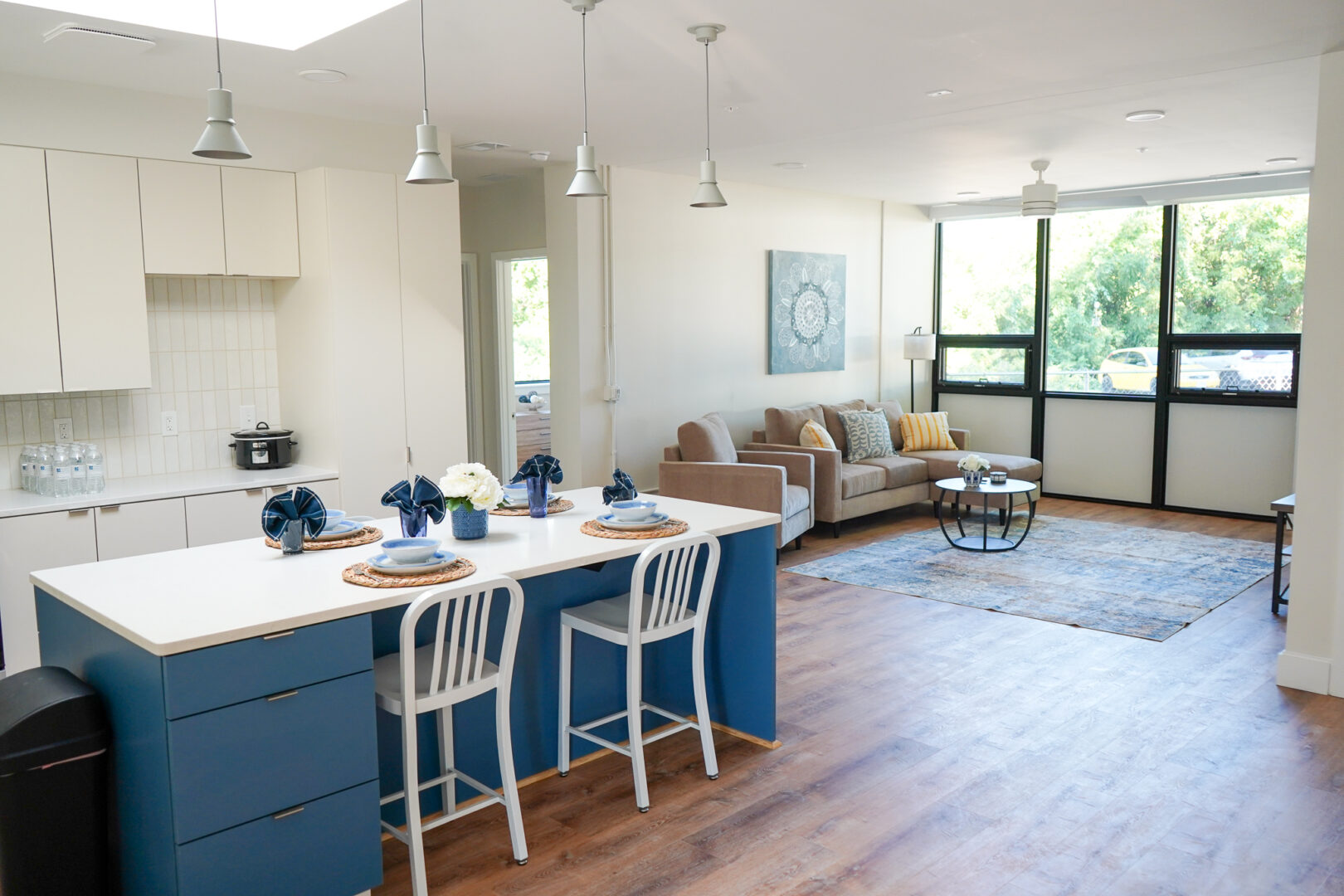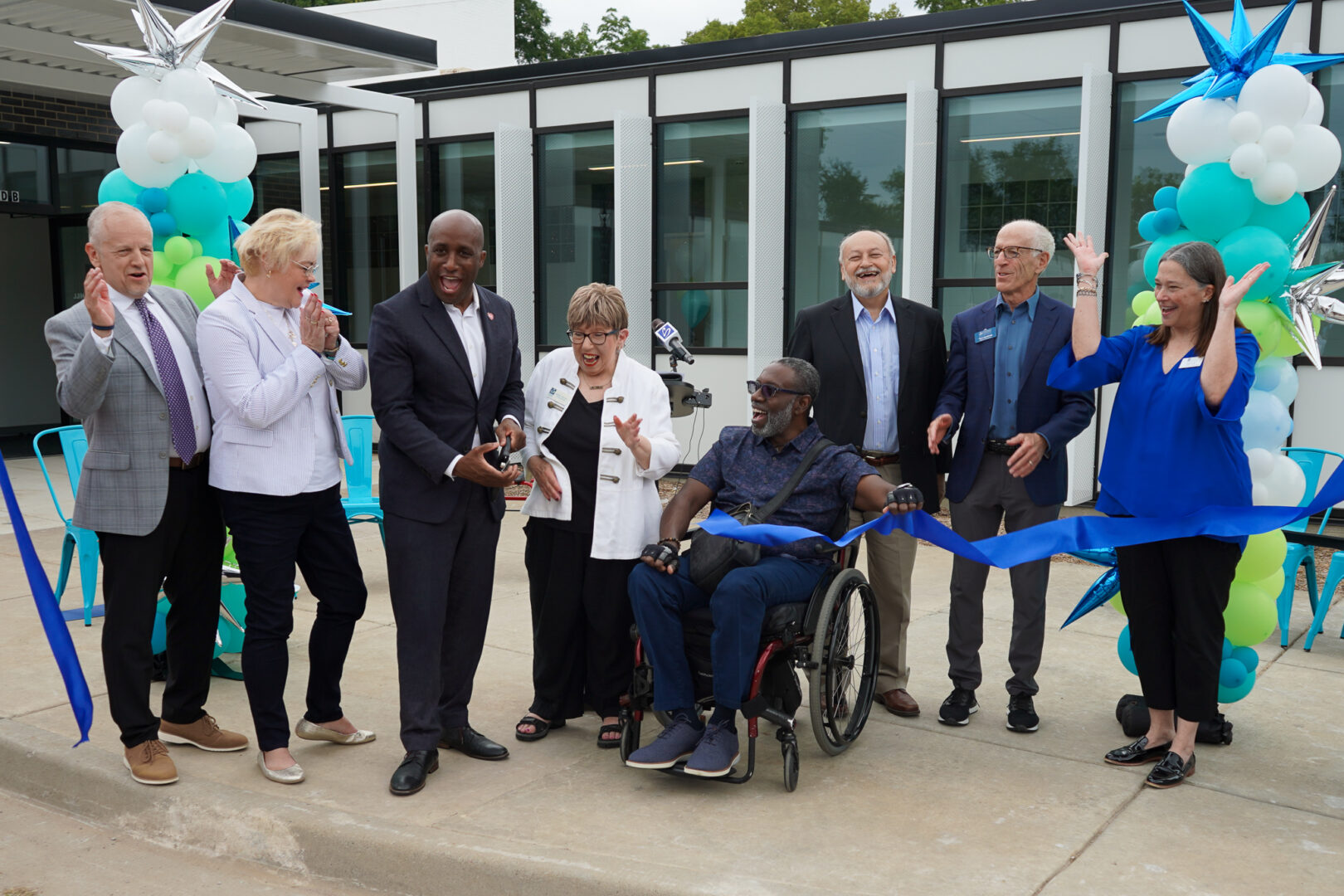
By Sara Brammer, VP of Family Violence Services
Domestic or intimate partner violence is defined as a pattern of abusive behavior in any relationship that is used by one partner to gain or maintain power and control over another intimate partner. It affects more than 5.3 million women aged 18 and older each year in the United States. This number includes the one in four women who are assaulted in their lifetime. It is also reported that 1-in-7 men are also assaulted within their relationships annually. Types of intimate partner violence frequently reported include physical, sexual, or psychological harm to another by a current or former partner. Additional examples of domestic violence include: name-calling, put-downs, intimidation, controlling/withholding money, threatened or actual physical harm, forced sexual assault, strangulation, and stalking.
How to Help
The one question I almost always get asked when speaking about domestic violence is “What can be done to help survivors?” When answering this question, one has to begin with an understanding of how hard it is to leave an abusive relationship. It is very difficult for victims to leave abusers. One of the examples I use during presentations is to ask the audience to think of the jobs they have had that they did not like. How long did you stay at that job? One day? One Week? A year? Maybe 5 years? Why do people stay at a job they don’t like? People give reasons that are similar to why people don’t leave abusive relationships: money, insurance, security, it is not bad all the time, it might get better, I might never find another job. The list goes on and on.
It is hard to leave a job you don’t like and even harder to leave an abusive partner because there are always times your partner isn’t abusive—and is the ‘person that you fell in love with. When you add the list of reasons not to leave an abusive relationship with the reality that domestic violence victims are more likely to be killed by their abuser when they attempt to leave the relationship, it makes leaving seem nearly impossible.
Creating a Safety Plan
What victims can do when they realize they are in a relationship that is not safe is reach out to their support system. At this point, safety planning is the single best thing that can be offered to a survivor. Safety planning is a series of actions that an advocate creates with domestic violence survivors to lower the lethal risk of being around an abusive partner. The best person, or people, to do this are hotline advocates. Synergy has hotline advocates available 24 hours a day, 7 days a week, 365 days a year. These specially trained advocates spend hours each day working with survivors and are trained to link clients to safety through our shelters, housing program, and Children’s Center. They also assist with providing connections to the Guardian Program-Safe Exchange and supervised visits, case management providers and therapy for survivors and children.
Get Connected
Want to learn more about what Synergy does to help those who are impacted by domestic violence? Call our hotline at 816-321-7050 or reach out to Sara directly at sbrammer@synergyservices.org.




